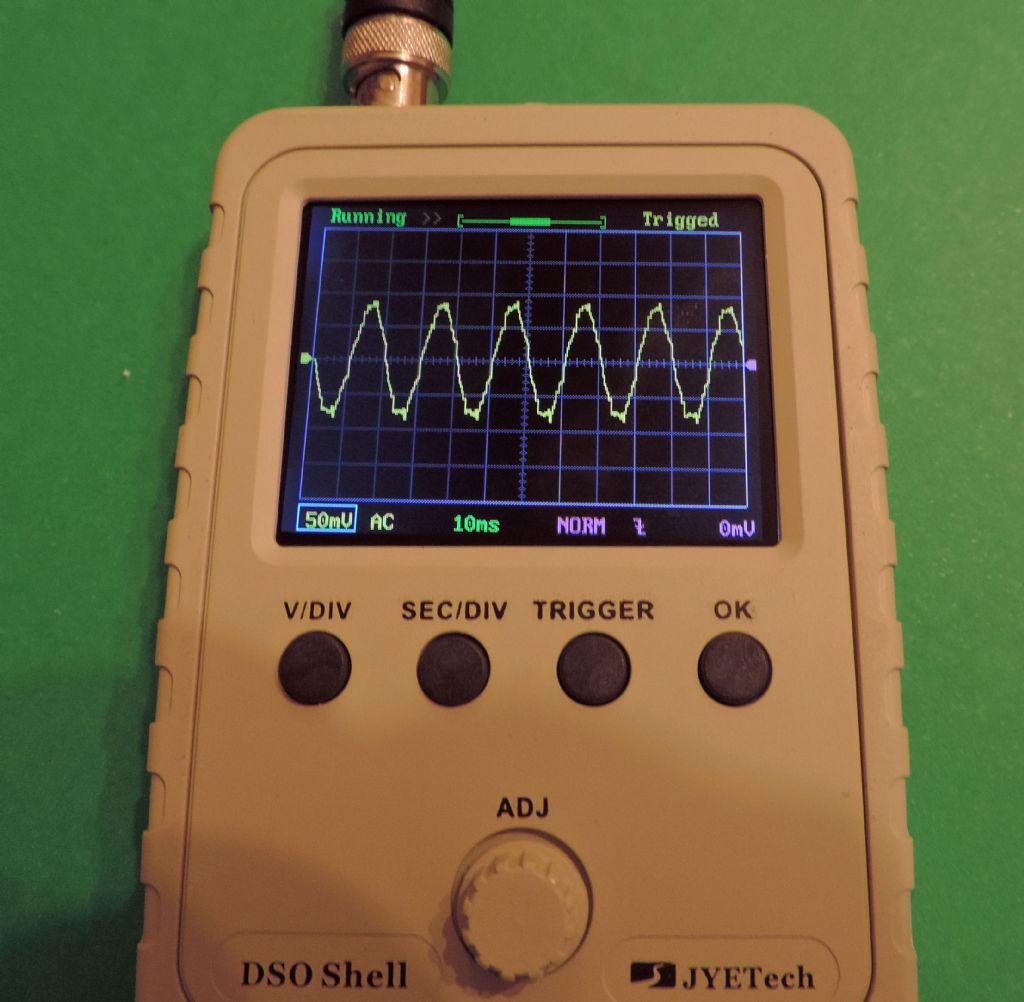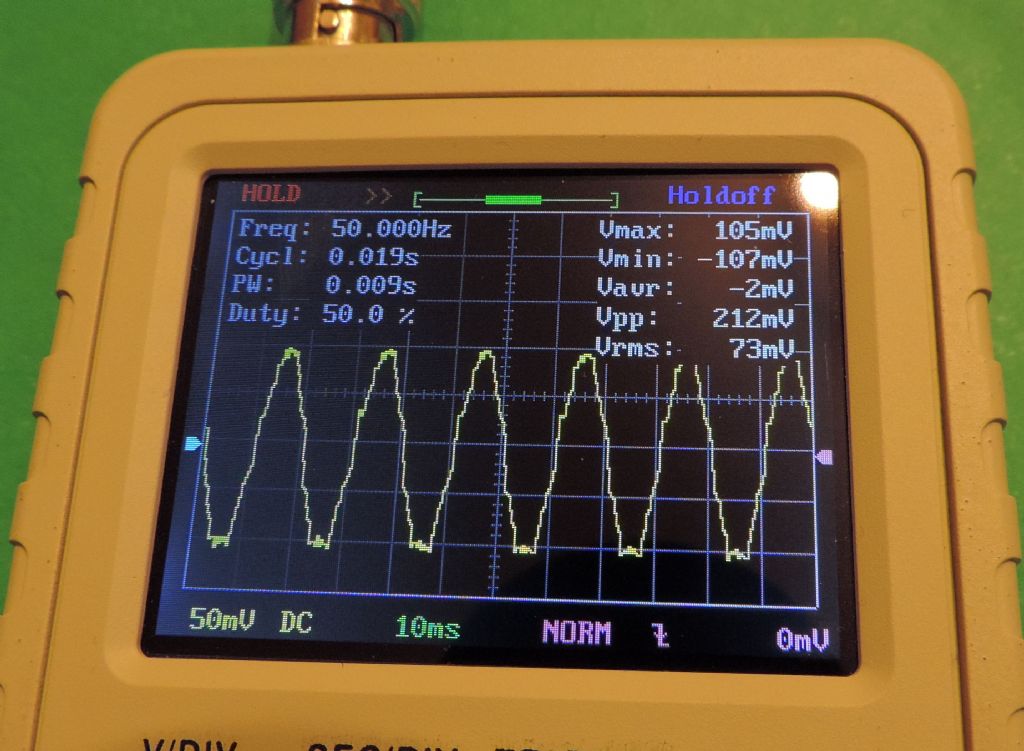Hi Robin,
This information on scale protocols may help you.
————————————————————————-
Scale protocol information.
2 * 24 bit scales
Data is sent as two groups of 24 bits.
Each group is a 24 bit binary number. The first bit received is the least significant bit.
Bits
are transferred LSB first! Also, data is 2's complement. (ie inverted Data signal at 0 volts = 1 at +1.5 volts = 0)
Static state of clock signal between frames Low
Time between start of frames 330 mS Normal mode 25 mS fast mode
Length of data frame 860 uS
Length of clock cycle about 14 uS
Time clock pulse is negative about 7 uS
Time clock pulse is positive about 7 uS
Initial high at start of frame about 52 uS
High in the middle of frame about 110 uS
High at end of frame about 80 uS
Clock in the data on the negative going edge.
The first group is the absolute position. It has some arbitary value at power on.
The second group is the relative position. This will be zero after the zero button is pressed.
Its value will be the difference between the absolute value when the zero button was pressed and
and the current absolute value.
48 bits in a frame of data
CPI 20480
————————————————————————-
HF (Bin 6 scales)
LSB Sent first.
Static state of clock line between frames High
Time between start of frames 180 mS (I measured about 210 mS)
(I have seen 133 mS quoted elsewhare.)
Time of gap between nibbles about 700 uS
Length of data frame 13 mS
Interrecord gap 167 mS
Time between start of nibbles within frame 2.2 mS
Clock cycle time about 450 uS
Time clock pulse is negative about 320 us (Logic 1)
Time clock pulse is positive about 130 us (Logic 0)
Clock in the data on the positive going edge.
The data output is the number displayed on the LCD display.
Set scales to metric mode and this will corespond to 2540 CPI ( 0.01 mm) per count)
24 bits of data (6 bytes) Least significant comes out first. Bits 0 to 19 is the reading in binary (The same value as that displayed in decimal on the scale display. Bit 20 is the sign bit set for negative Bits 0 to 19 are always a positive number.
Bit 23 is set when in inch mode.
24 bits in a frame of data
CPI 2540 (Metric) (2000 in imperial mode.)
This is only half of it as it would not let me include it all in 1 post. The rest is in my next post.
Les.
fastdave.







